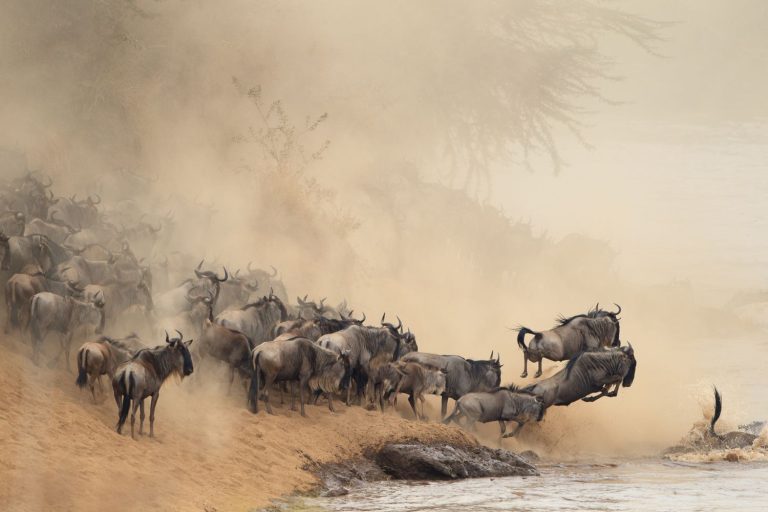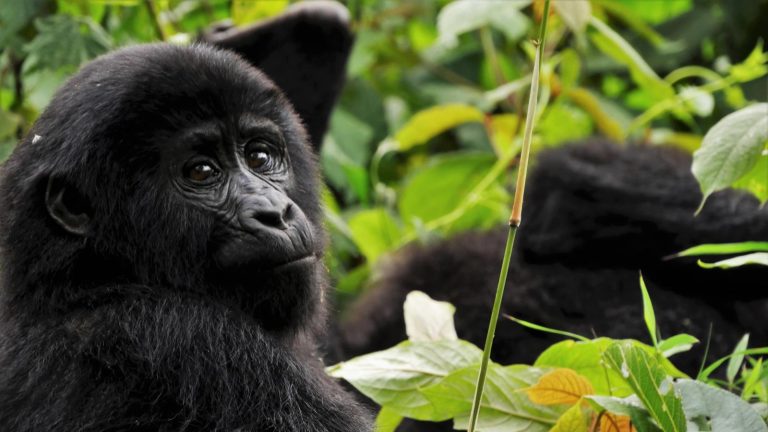A season of abundance in the Serengeti
The Serengeti National Park in Tanzania is one of the most renowned wildlife destinations on the planet. This vast ecosystem is home to an extraordinary diversity of flora and fauna, and one of Africa’s greatest spectacles: The Great Migration. As we approach the second half of the year, we look forward to one of the Serengeti’s most remarkable events: the calving season.
This period, which typically occurs from late January to early March, is a time of renewal and survival, a remarkable showcase of the life cycle of the Serengeti’s inhabitants.

The Great Migration
The Great Migration is one of the most awe-inspiring natural spectacles on the planet. This annual event involves over two million animals, including approximately 1.3 million wildebeest, 200,000 Grant’s gazelles, and 800,000 zebras, moving as one. Interestingly, the wildebeest is the keystone species in the Serengeti, a role typically held by predators in most ecosystems.
The sheer scale of the wildebeest herds creates a dynamic balance within the Serengeti ecosystem. Their movements influence everything from the health of grasslands to predator behaviour. For instance, zebras graze on taller, tougher grasses, which facilitates the wildebeest’s access to shorter, more nutritious grasses. This grazing pattern also moderates the intensity of annual fires, preserving vital seeds and trees, and promoting vegetation regrowth.


